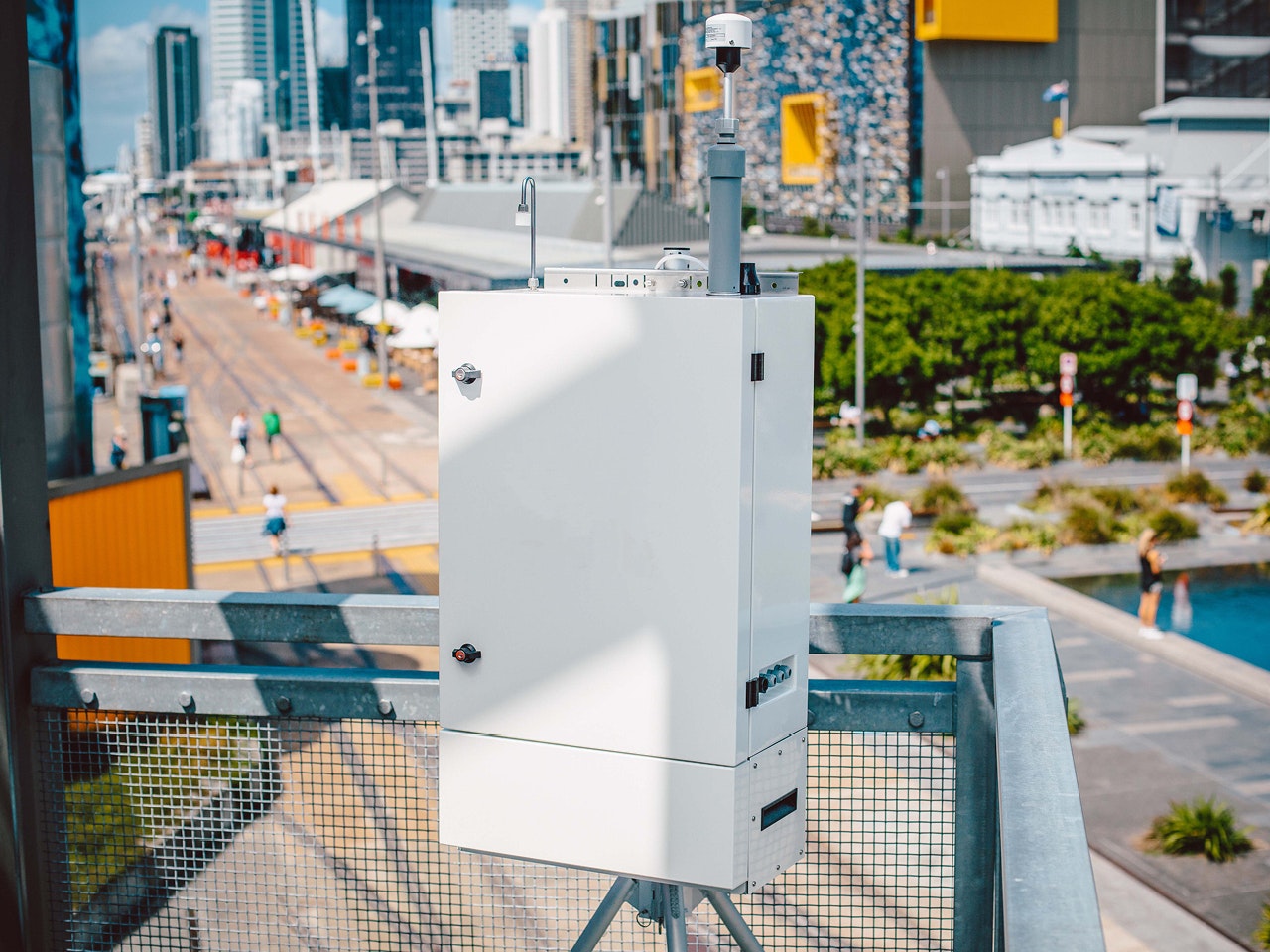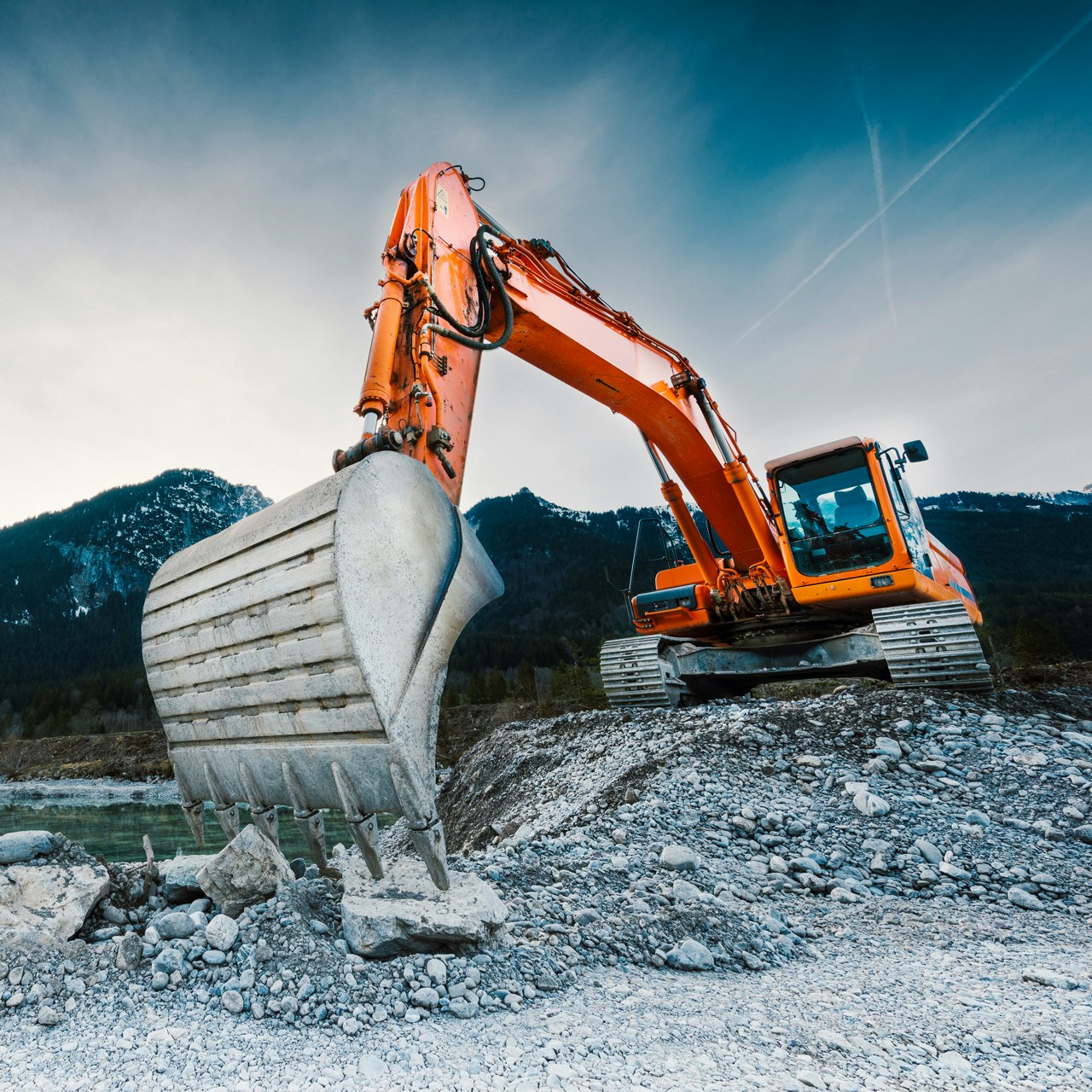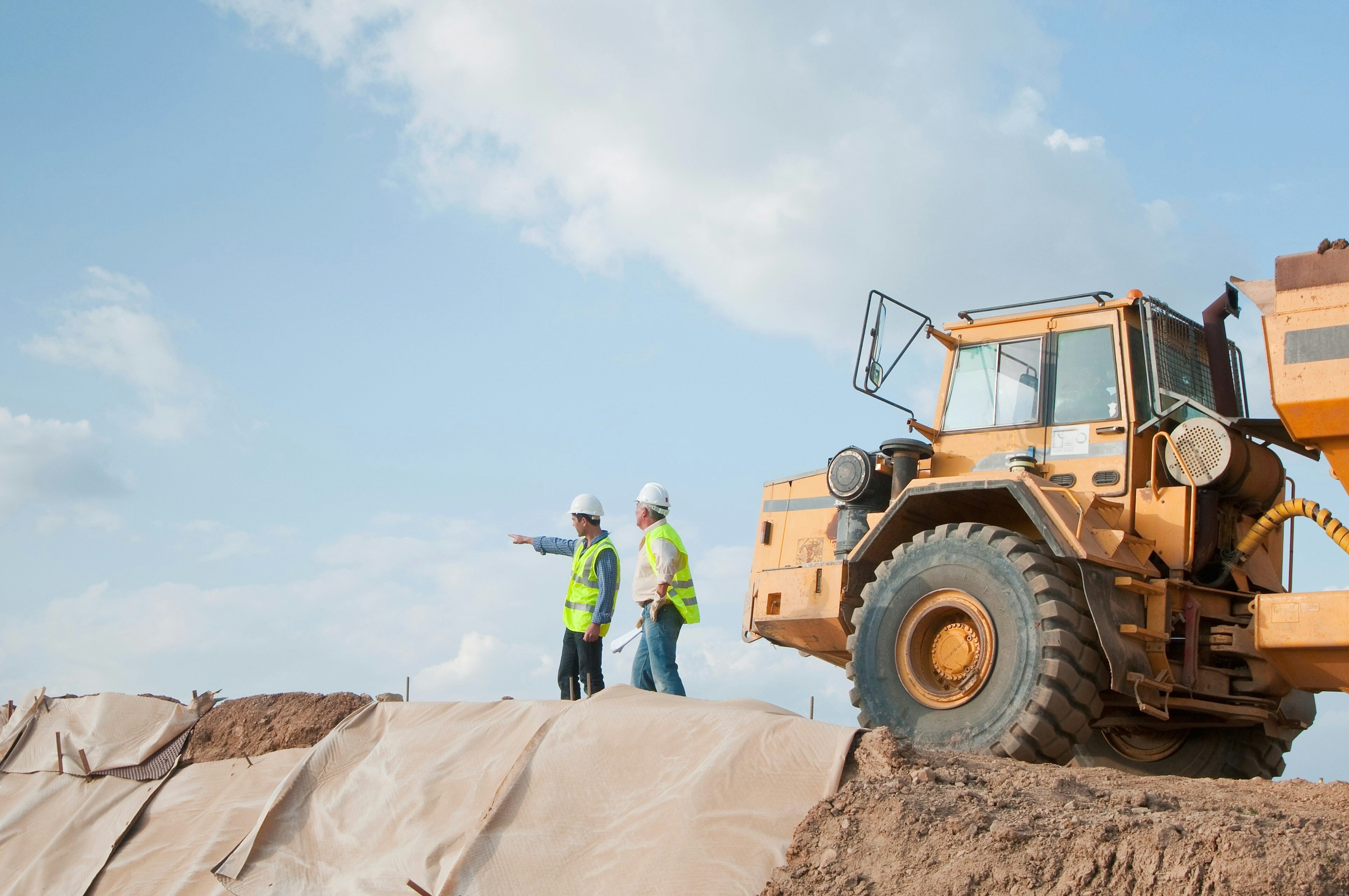Blog
Part 1: Why monitor NO2 and PM at construction sites?
Article Details
Last Updated
14 September 2025
Published
14 September 2017
Category
Construction
Introduction
It is well known that construction sites can generate and emit many different forms of pollution, the most obvious being material waste, visible dust, noise and vibration. However construction and demolition sites also produce less obvious pollutants which are of serious concern for human health and impact on the environment. Two of these pollutants are a gas called nitrogen dioxide (NO2) and fine dust particles called particulate matter (PM). In this blog series we will discuss:
- How these pollutants occur on construction sites, the impact on our health and environment, and what monitoring regulations apply.
Construction site emissions - What is NRMM?
In the United States alone there are over two million pieces of construction and mining equipment, which consume over 6 billion gallons (23 billion litres) of diesel fuel per year. The main environmental concern from construction equipment is emissions of air pollutants that impact air quality, climate change and cause a major health burden for construction workers. Collectively these vehicles and equipment are known as Non-Road Mobile Machinery or NRMM.
In inner-city areas construction machinery such as diggers, caterpillars and electricity generators make up more than a quarter of the traffic-related particulate matter emissions. In particular locations the pollution caused by them is significantly higher. The London Atmospheric Emissions Inventory estimates current emissions from NRMM used on construction sites are responsible for 7% of NOx emissions, 14% for PM2.5 and 8% of PM10 emissions in London. How do these pollutants occur on construction sites and why are they harmful?
Nitrogen dioxide (NO2)
Combustion of fossil fuels from vehicles, power plants and industrial activity produces oxides of nitrogen (NOx). NOx is primarily made up of nitric oxide (NO) and nitrogen dioxide (NO2). NO2 is of most concern due to its impact on health. However NO easily converts to NO2 in the air – so to reduce concentrations of NO2 it is essential to control emissions of NOx. National ambient air quality standards set NO2 as a criteria pollutant and indicator of the larger group of nitrogen oxides.
Construction and demolition sites generate NO2 from diesel or gasoline fuelled engines in industrial trucks, excavators, loaders, bulldozers, mobile cranes, off-road machinery and static engines such as pumps and electricity generators. Idling engines are a significant contributor to NRMM emissions and personal exposure to NO2.
Scientific evidence links short-term NO2 exposures with adverse respiratory effects including airway inflammation in healthy people and increased respiratory symptoms in people with asthma. Studies also show a connection between short-term exposure and increased hospital admissions for respiratory illnesses. In addition to contributing to ground-level ozone effects on the respiratory system, NOx reacts with ammonia, moisture, and other compounds to form small particles. These small particles can penetrate deeply into sensitive parts of the lungs.
Particulate matter (PM)
Particle pollution or particulate matter (PM) covers all particles suspended in the air, and is a complex mixture of extremely small particles and liquid droplets. In the context of construction sites, the two PM-related concerns of key interest are PM2.5 and PM10 (another way to define particle size is by measuring respirable vs inhalable dust.) The exhaust from diesel-powered construction equipment includes fine particles, virtually all of which are PM2.5 (2.5 micrometres or smaller in diameter); exhaust particulate is sometimes called primary PM2.5. Fine particles such as PM2.5 are also chemically formed in the atmosphere from various pollutants, some of which are emitted by diesel-powered equipment, and these particles are referred to as secondary PM2.5.
Construction-related dust includes larger size or coarse particles also known as PM10 (between 2.5 and 10 micrometres). PM10 is generated from bulk material operations on construction sites, such as earthworks, demolition, crushing and grinding operations, soil and aggregate stockpiling, and from smaller activities such as cutting building materials. These operations contribute to windblown dust problems—sometimes called fugitive dust—and the movement of dirt from the construction or demolition site onto nearby roadways. Once dirt or dust from a site has been ‘tracked out’ onto a road, passing vehicles can cause the dirt to become suspended in the air as re-entrained road dust. Fugitive and re-entrained dust particles can remain in the air for days or even weeks.
Health impacts of air pollution from construction sites
Particle pollution is linked to a number of health problems, including coughing, wheezing, reduced lung function, asthma attacks, heart attacks and strokes. It also is linked to early death. The fine particulate matter (PM2.5) in diesel engine exhaust is classed as being carcinogenic to humans and in 2004 the World Health Organisation (WHO) advised that there is no evidence of a safe level of PM exposure or a threshold below which no adverse health effects could occur.
Inner-city areas are particularly at risk. For example, air quality in London is in breach of European legal limits for NO2 and many areas exceed safe limits for particulate matter as set by the World Health Organisation. During 2010 an estimated 9,500 premature deaths in London were attributable to exposure to NO2 and PM in the air.
In summary, construction sites as hotspots, contribute considerably to high local concentrations of NO2 and PM pollution. The health impacts can include:
- Respiratory illness, cardiovascular disease and mortality as well as lung cancer.
- Reduced lung function (especially in children).
- Early onset dementia and autism.
Air quality monitoring regulations for construction sites
Environmental agencies set air quality standards and monitoring regulations which are typically specified by local authorities in planning applications for construction and development sites. For example, guidance on monitoring dust and emissions from construction and demolition sites is published by environmental agencies in Australia, New Zealand and the United Kingdom.
While road transport is already subject to many measures reducing harmful NO2 and PM emissions, construction site emissions have not been sufficiently regulated. However, amongst new initiatives the Mayor of London has proposed the world’s first Ultra Low Emission Zone (ULEZ) for non-road mobile machinery which includes standards to reduce emissions of PM10, PM2.5 and NO2 from construction and demolition activity and associated equipment. The ULEZ will take effect from 2019 more than a year earlier than originally planned.
In 2014 the Greater London Authority (GLA) published Control of Dust and Emissions during Construction and Demolition Supplementary Planning Guidance (SPG). The SPG combines standards for both nitrogen oxide (NOx) and particulate matter (PM) and states that, “continuous site monitoring is an important way for developers to manage the generation of dust including PM10 and PM2.5 and NOx emissions during construction and demolition.”
In a strong indication of toughening regulations the GLA further directs that, “all demolition and construction sites should be monitored for the generation of air pollution. It is essential to monitor for dust generation, including PM10. The need to monitor PM2.5 and NO2 will be determined on a case by case basis by the local planning authority.”
It is foreseeable that as the ULEZ rolls out PM2.5 and NO2 monitoring will become mandatory in addition to PM10 at all construction sites. Other cities looking at implementing ULEZ for reducing NO2 and PM emissions include Paris, Stuttgart, Berlin, Athens, Brussels, Madrid and Singapore.
The purpose of air monitoring around construction
Air quality monitoring at construction sites fulfils a number of objectives:
- Ensures that the construction activities do not result in exceedances of the air quality objectives/limit values for NO2, PM10 and PM2.5, and dust deposition;
- Ensures that the agreed mitigation measures to control dust and gas emissions are being applied and are effective;
- Provides an “alert” system with regard to increased emissions of dust, and a trigger for cessation of site works or application of additional abatement controls; and
- Provides a body of evidence to support the likely contribution of NO2, PM10 and PM2.5 from the site works in the event of complaints; and
- Helps to attribute any high levels of air pollution to specific activities on site in order that appropriate action may be taken; and
- Can assist to apportion the source of emissions to the specific polluter, especially in areas where multiple construction or industrial activities coexist.
Read about the pros and cons of various monitoring methods for construction sites here.
Who is Aeroqual?
Aeroqual makes advanced sensors and equipment for air quality monitoring. We help developers, consultants, and local authorities make better air quality decisions by providing them with cost effective and reliable instrumentation and information. Our instruments are used for reliable air monitoring on construction and demolition sites around the world. Please Contact Us and tell us about your requirements. We can also direct your inquiry to a local distributor.
Related products
Air monitoring made easy
Take the time and hassle out of your next project with our real-time air quality monitoring solutions.












